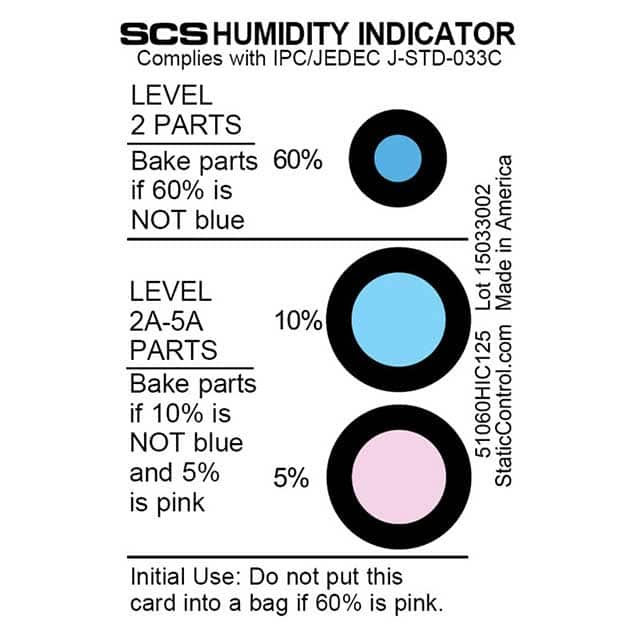Apple Unveils M3 Series MacBook Pro/iMac: First PC 3nm Chips

Cupertino, California – October 30th: Apple has introduced a groundbreaking trio of cutting-edge chips - the M3, M3 Pro, and M3 Max. These chips, the world's first to adopt the 3nm architecture, promise a quantum leap in performance and efficiency, making them highly significant for the tech industry.
At the heart of these chips is a revolutionary design that squeezes more transistors into a smaller space, resulting in unprecedented speed and power efficiency gains. The M3 series chips not only deliver faster processing but also usher in innovative technologies, including dynamic caching and hardware-accelerated ray tracing and mesh shading, marking their debut on Mac computers.
The M3 series introduces enhanced CPU performance, faster neural network engines, and support for up to a staggering 128GB of unified memory. According to Apple, the M3 series offers a rendering speed that's 2.5 times faster than the M1 series chips. The CPU's high-performance and high-efficiency cores are 30% and 50% faster, respectively, than their M1 counterparts, 15% and 30% faster than the M2, and the neural network engine outperforms the M1 series chips by an impressive 60%. Furthermore, the new media processing engine now supports AV1 decoding, providing a dual improvement in energy efficiency and video quality for streaming content.
Apple reports that the M3 chip boasts an impressive 250 billion transistors, 50 billion more than the M2. This chip features a 10-core graphics processor with a new architecture, delivering graphics processing performance up to 65% faster than the M1, thus enhancing lighting, shadows, and reflection effects in games. The M3 chip features an 8-core central processor, comprising four performance cores and four efficiency cores, providing up to a 35% increase in CPU performance compared to the M1 and supporting up to 24GB of unified memory.
The M3 Pro chip, with 370 billion transistors and an 18-core graphics processor, provides a 40% speed boost in graphics processing compared to the M1 Pro. It supports up to 36GB of unified memory, ensuring users can handle larger projects on their MacBook Pro. The 12-core central processor is designed with six performance cores and six efficiency cores, achieving up to a 30% increase in single-thread performance compared to the M1 Pro.
The M3 Max chip boasts an astounding 920 billion transistors and is designed for professional-level performance. Its 40-core graphics processor can reach speeds up to 50% faster than the M1 Max, supporting up to 128GB of unified memory, which is ideal for AI developers working with large-scale Transformer models containing billions of parameters. The 16-core central processor with 12 performance cores and 4 efficiency cores is up to 80% faster than the M1 Max and supports two ProRes engines.
Apple has also launched a new MacBook Pro lineup featuring the M3 series chips. The 14-inch MacBook Pro, powered by the M3 chip, starts at a price of 12,999 yuan. The 14-inch and 16-inch models equipped with M3 Pro and M3 Max chips are available in a new deep space black finish.
All MacBook Pro models feature a Liquid Retina XDR display with a sustained brightness of 1000 nits, peaking at 1600 nits for HDR content, offering high contrast, vibrant colors, and improved viewing angles. The brightness can reach up to 600 nits for SDR content, a 20% improvement over previous models. They come with a built-in 1080p camera and an immersive six-speaker audio system, offering a wide range of connectivity options. These products provide a battery life of up to 22 hours.
Apple has also introduced a 24-inch iMac powered by the M3 chip, which delivers a speed boost of up to 2 times. With its sleek and slim design, it features a large 4.5K Retina display supporting 11.3 million pixels and over 1 billion colors. It also supports high-speed Wi-Fi and Bluetooth 5.3, along with up to four USB-C ports, including two Thunderbolt ports for high-speed data transfer. Some models support gigabit Ethernet standards and can handle displays with resolutions up to 6K. This development is highly relevant for the tech industry, promising new horizons in electronic component innovation and performance.
Solemnly declare: The copyright of this article belongs to the original author. The reprinted article is only for the purpose of disseminating more information. If the author's information is marked incorrectly, please contact us to modify or delete it as soon as possible. Thank you for your attention!







